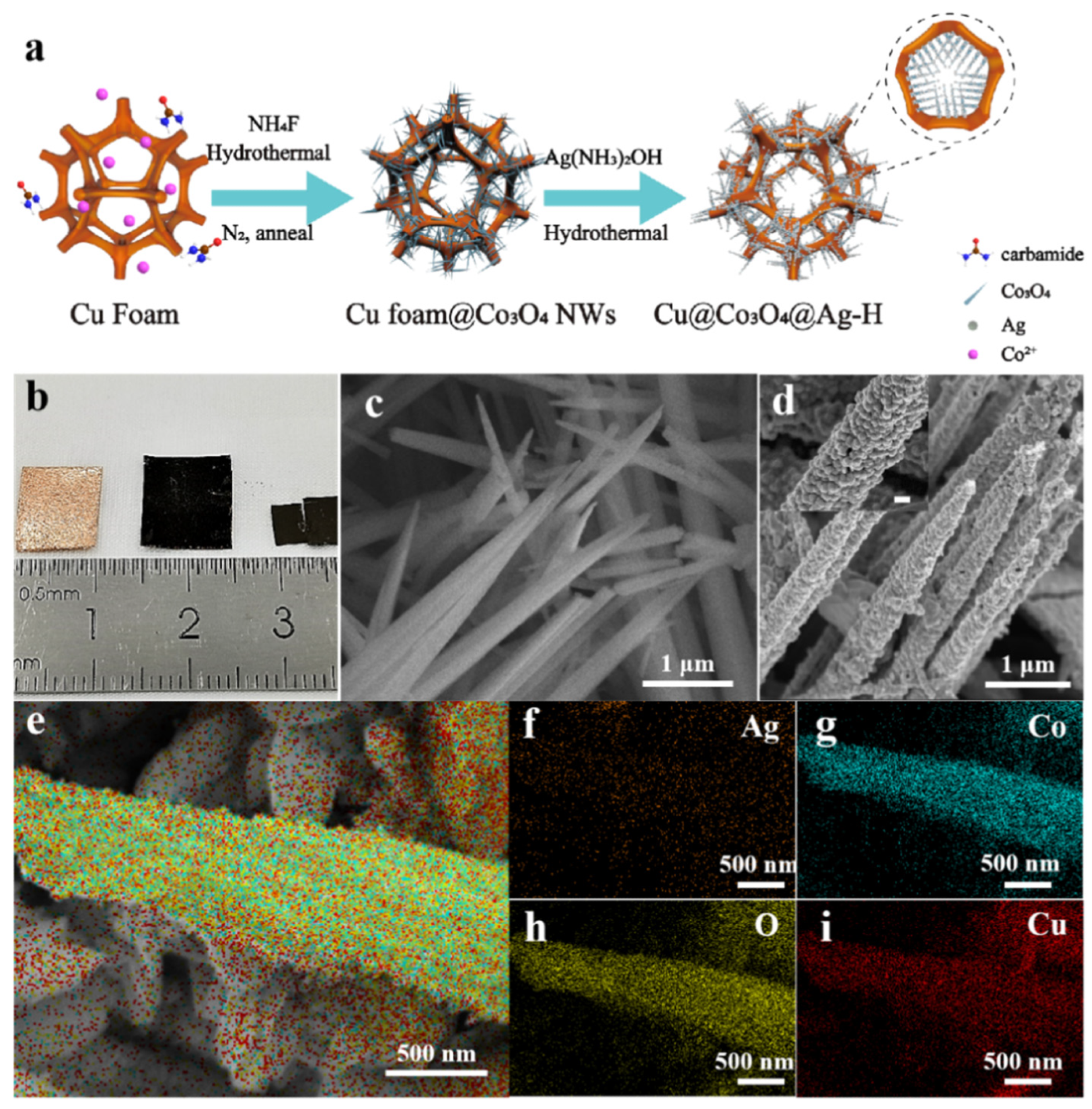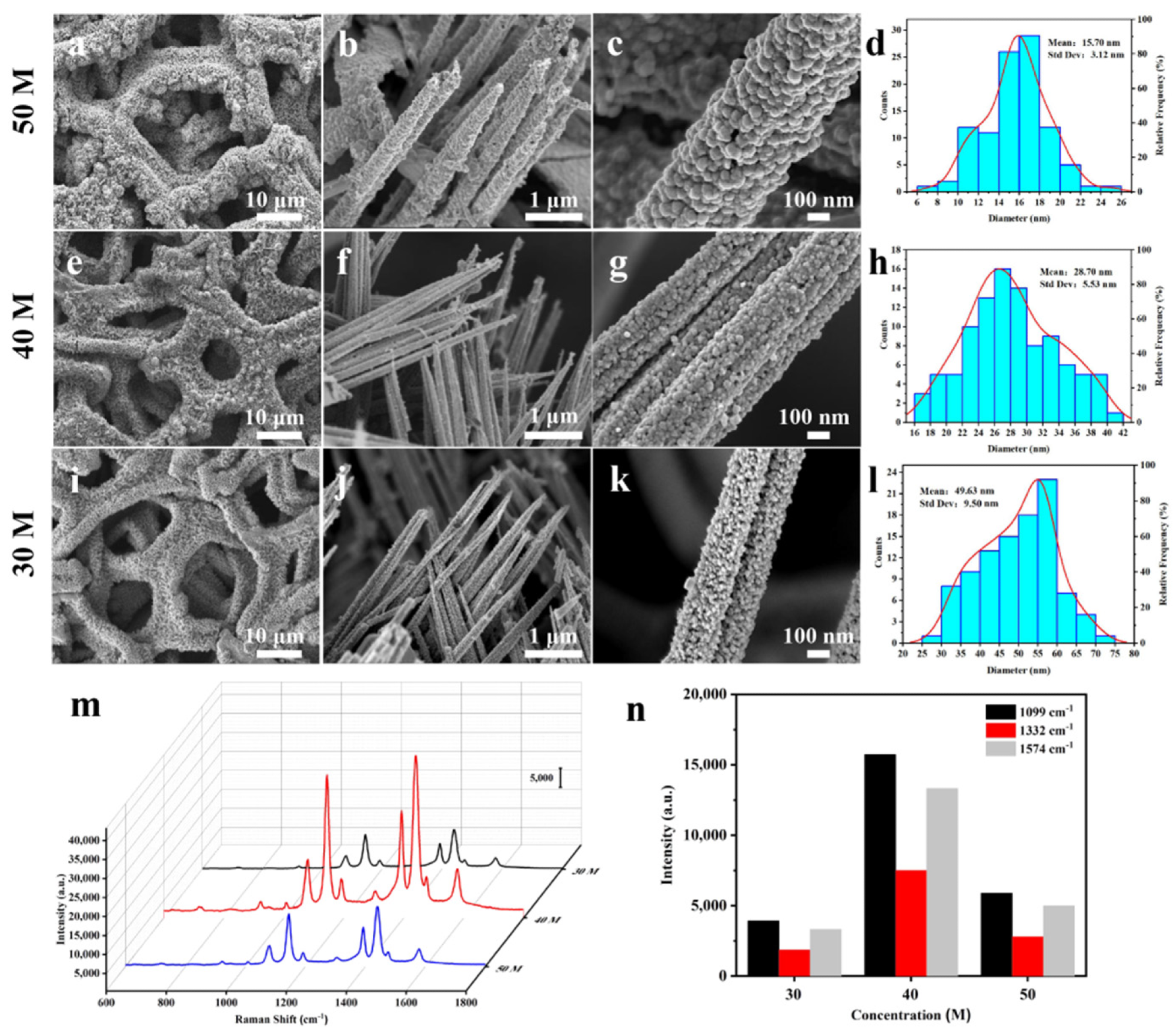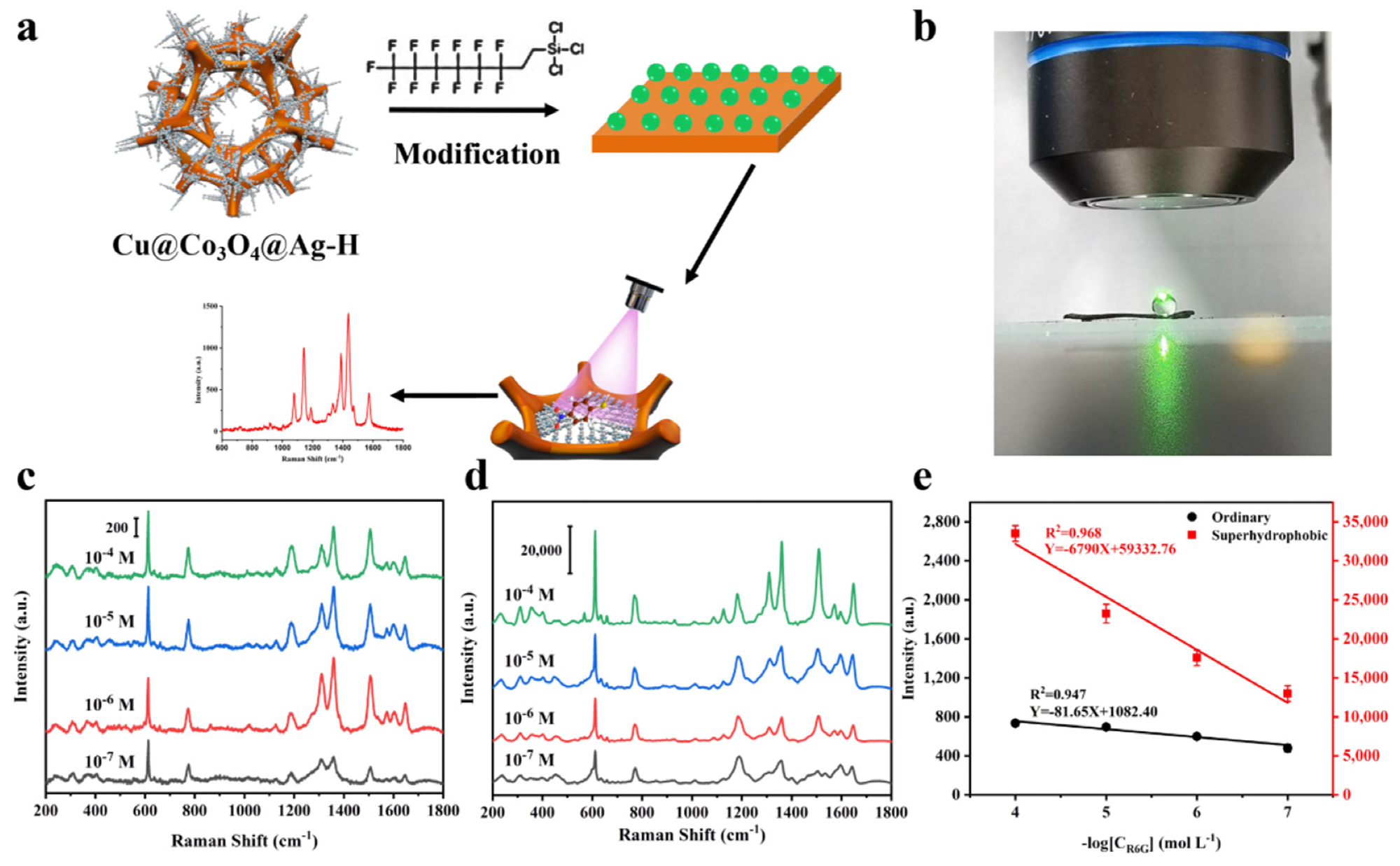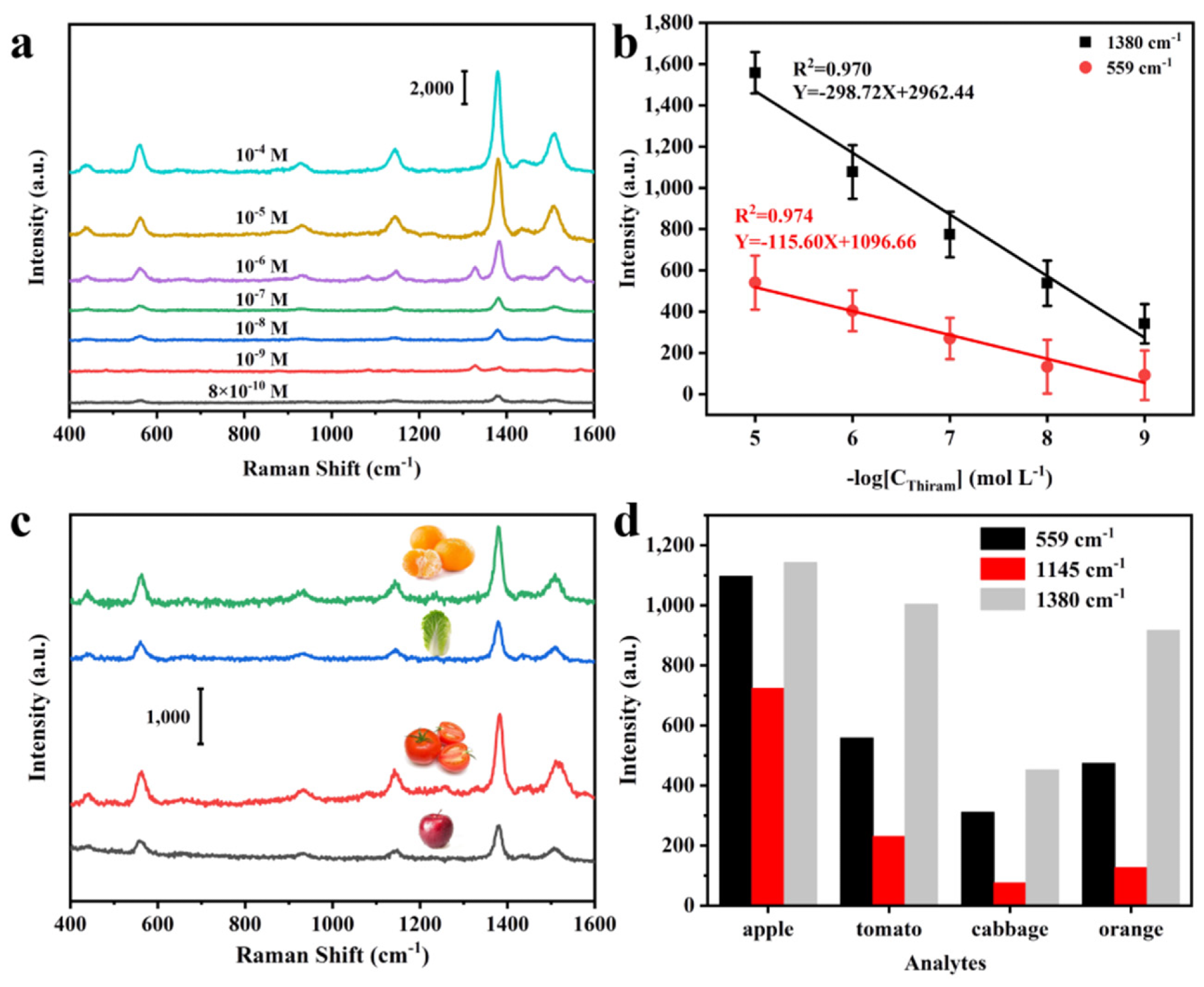In a study published in the journal Nanomaterials, a unique 3D hierarchic high-porosity functional surface-enhanced Raman scattering (SERS) platform is presented, made by a 2-step hydrothermal fabrication technique of cobalt oxide nanowires (Co3O4 NWs) and silver nanoparticles (Ag NPs) on a three dimensional copper foam structure as Cu@Co3O4@Ag-H.

Study: A Novel 3D Hierarchical Plasmonic Functional Cu@Co3O4@Ag Array as Intelligent SERS Sensing Platform with Trace Droplet Rapid Detection Ability for Pesticide Residue Detection on Fruits and Vegetables. Image Credit: Fotokostic/Shutterstock.com
The technique opens up a novel path for the dispersion and production of localized plasmonic elements, demonstrating higher morphological regulating potential and SERS operation than Cu@Co3O4@Ag-S acquired by physical spurring.
The Use of SERS to Detect Pesticide Residues
Residual pesticides have emerged as a global issue in the domain of food security. Residual pesticide detecting approaches include enzyme inhibition, enzyme-linked immunosorbent assays, and liquid chromatographic-mass spectrometry.
However, these identification techniques are costly, time-intensive, and complicated, and they do not take into account speed and sensitivity together. Surface enhanced Raman scattering (SERS) is a spectral sensing method that has recently gained popularity in environmental surveillance, biomedical applications, public security, food hygiene and other disciplines due to its high responsiveness, quick detecting speed, and nondestructive sensing.
The SERS technology may perform specialized diagnoses based on the vibrational signatures of certain substances. In contrast with other diagnostic approaches, SERS can identify target particles faster, more correctly, more precisely. The SERS substrates contribute to SERS's high performance.

(a) Schematic illustration of the fabrication process toward hierarchical Cu@Co3O4@Ag-H substrate. (b) Photographs of Cu Foam (left), Cu@Co3O4 NWs (mid), Cu@Co3O4@Ag-H (right). (c,d) Corresponding SEM images of Cu@Co3O4 NWs and Cu@Co3O4@Ag-H. The scale bar in insert of (d) is 100 nm. (e–i) SEM elemental mappings of Cu@Co3O4@Ag-H: (e) the overlay selected square area EDS mapping distribution image and (f–i) corresponding mapping distribution images of Ag, Co, O and Cu elements. © Sun, G., Li, N. et al. (2021).
The Makeup of SERS Substrates
Colloidal or 2D planar architecture-based SERS platforms, like nanostars, nanospheres, nanorods, or tapes coated with Au NPs, are frequently employed.
The two-dimensional SERS platform is simply packed with a coating of NPs, having maximum SERS hotspots in the two-dimensional plane. The confocal region in the Raman instrument, on the other hand, is a 3D area.
The 2D planar foci can only improve the restricted insecticide chemical signal within that plane and cannot fully use the three-dimensional confocal region. As a consequence, less insecticide particles produce the limiting signal frequency and SERS responsiveness is reduced. Researchers have investigated a range of SERS platforms with 3D architectures to efficiently utilize the confocal laser's 3D setting and improve SERS detecting performance.

(a) SEM images of Cu@Co3O4@Ag-H prepared from different concentrations of silver ammonia solution (a–c) 50 M, (e–g) 40 M, (i–k) 30 M. (d,h,l) Corresponding Ag NPs size distribution. (m) Raman spectra of 10−3 M 4-NBT ethanol solution on three different substrates and (n) corresponding intensity distribution of the 1099 cm−1, 1332 cm−1 and 1574 cm−1 peaks. © Sun, G., Li, N. et al. (2021).
Copper Foam for Making SERS Substrates
Copper foam is a novel multipurpose substance with a uniformly lined core with a high number of linked or detached pores. It possesses a large specific area, a uniform 3D architecture, and is ductile. Owing to its abundance of microscale holes, it is primarily employed as a negative cell element and catalyst bearer.
It is made using the electroplating and sintering process, which is inexpensive, and thus can be made in large quantities.
Substrates of the required size and form may be produced by an easy cutting process without affecting the substrate's qualities. However, because copper foam possesses a small specific area and a smooth texture, it is not favorable for securing the target particles. Also, Copper's SERS augmentation effect is fairly small, so the exterior of copper foam may be altered with Co3O4 NWs to create a three-dimensional multi-level architecture.

(a) Schematic illustration of the fabrication process toward Cu@Co3O4@Ag-F SERS sensor. (b) Image of superhydrophobic property of the Cu@Co3O4@Ag-F substrate. (c,d) Raman spectra of R6G from 10−4 M to 10−7 M on Cu@Co3O4@Ag-H substrate (c) and Cu@Co3O4@Ag-F substrate (c). (e) Relationship between the intensity of the SERS peak at 612 cm−1 and the R6G concentration; the error bar is based on four parallel SERS spectra.© Sun, G., Li, N. et al. (2021).
Key Findings of the Study
A 2-step hydrothermal reduction fabrication technique was used to create a unique three-dimensional plasmonic hierarchic high-porosity Cu@Co3O4@Ag-F matrix with adjustable silver NP sizes and depositing concentration for efficient plasmonic coupling action.
The technique presents a unique strategy for the dispersion and fabrication of localized functional components, with greater morphological regulating ability and SERS action as compared to that of Cu@Co3O4@Ag-S created by physical spurring.
Silver NPs are uniformly and firmly placed on the Cu@Co3O4 nanowires to generate 3D hotspots, which optimize the platform's detecting capability and efficiently attach insecticide molecules to the hotspots. Cu@Co3O4@Ag-H not only has EM hotspots, but it also has trace detecting abilities for fast detection of droplets using hydrophobic adjustment.
The outcomes of the system analysis demonstrated that the developed Cu@Co3O4@Ag-H platform is suitable for label-free identification of supersensitive, stable, quantitative, fast detection of droplets, and homogeneous SERS sensing capabilities, demonstrating the possibilities for practical on-site detection and surveillance of real-world intricate settings.
Meanwhile, analytical and quantitative thiram testing with high sensitivity on fruits and vegetables was realized, demonstrating the versatility of the high-capacity SERS detector. This discovery opens up new possibilities for bioassays, illness POCT diagnostics, public safety, and other uses.

Raman spectra of thiram on the Cu@Co3O4@Ag-H substrate. (a) SERS spectra of thiram at different concentrations from 100 ppm to 800 ppt. (b) Relationship between the intensity of the SERS peak at 559 cm−1, 1380 cm−1 and the thiram concentration; the error bar is based on four parallel SERS spectra. (c) Raman spectra and (d) corresponding intensity of 559 cm−1,1145 cm−1, 1380 cm−1 of thiram (100 ppb) collected from four different fruits and vegetables. © Sun, G., Li, N. et al. (2021).
Reference
Sun, G., Li, N. et al. (2021). A Novel 3D Hierarchical Plasmonic Functional Cu@Co3O4@Ag Array as Intelligent SERS Sensing Platform with Trace Droplet Rapid Detection Ability for Pesticide Residue Detection on Fruits and Vegetables. Nanomaterials, 11(12). Available at: https://www.mdpi.com/2079-4991/11/12/3460
Disclaimer: The views expressed here are those of the author expressed in their private capacity and do not necessarily represent the views of AZoM.com Limited T/A AZoNetwork the owner and operator of this website. This disclaimer forms part of the Terms and conditions of use of this website.